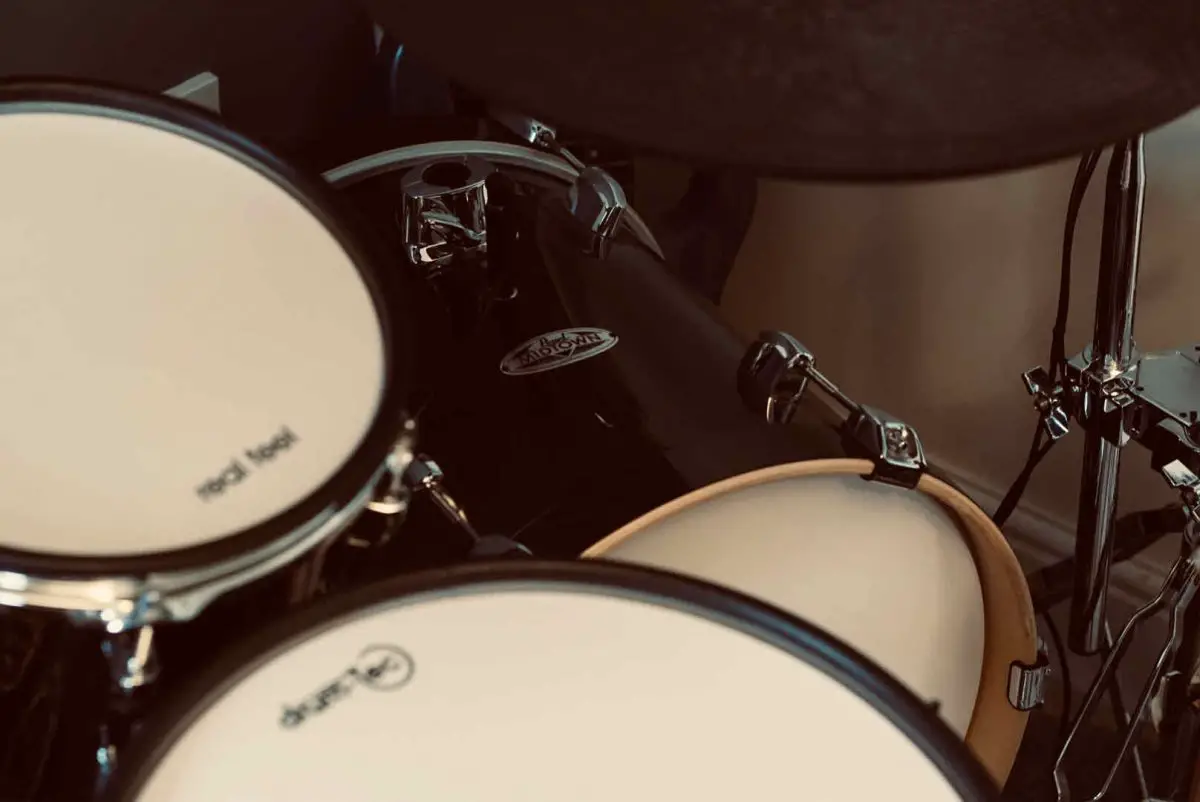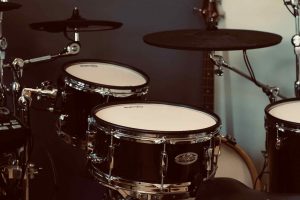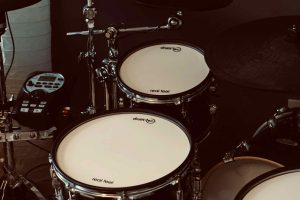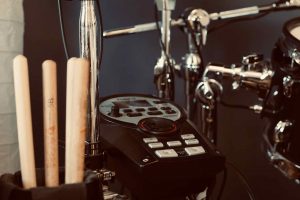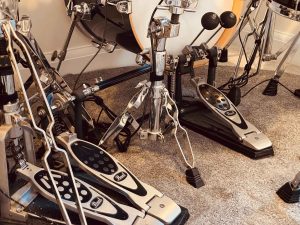Compatibility between different brands of drum pads and modules can be confusing, with lots of different brands and types of trigger configurations out there. Here, we’ll take a look at whether you can use Alesis pads with Roland drum modules, and in turn, if Roland pads work with Alesis drum pads. We’ll also take a look at the best way to upgrade your eDrums if changing your drum module is not a suitable option.
About eDrum compatibility
Check you can edit trigger presets
A crucial element of getting any eDrum pad other than those that came with your kit to work with your module is to ensure your module allows the ability to edit trigger presets for each of the pads.
As a rule of thumb, the cheapest drum modules will not allow you to do this. These modules are not designed for power users who might want to expand their kits, and often don’t have the right controls to be able to make trigger adjustments for the included drum pads.
Check out our guide on how much electronic drums cost to get an idea of how much you should spend for an electronic drum set with all the essential features.
Do Roland pads work with Alesis modules?
Roland eDrum pads can work with Alesis modules, however triggering response is likely to be less reliable compared to using Alesis pads with Alesis modules.
One of the downsides of Alesis drum modules is that they tend to have fewer trigger setting options compared to Roland drums. The result is that when mixing and matching modules from different manufacturers, Alesis modules don’t offer enough settings to be able to dial in each pad to trigger reliably.
This is best illustrated in this video from The eDrum Workshop below, using an Alesis Strike module with a mix of Roland and Yamaha pads:
In the video, we see that the Alesis strike offers the following pad settings:
- Sensitivity
- Cross-talk
- Retrigger
- Threshold
- Trigger curve
However, a typical Roland module includes these, plus the advanced pad settings below:
- Scan time
- Retrigger cancel
- Mask time
- Rim gain
- Rim shot adjust
- Cross-stick threshold
These advanced settings allow Roland modules to be set up with almost any drum pad or cymbal pad, so long as they follow Roland’s pad design principles. As we can see in the video, the lack of trigger controls means triggering on the Alesis Strike using non-Alesis pads can be unreliable.
To learn more about advanced trigger settings on Roland modules, check out this guide at edrums.github.io. Additionally, check out the Alesis support pages for the official word on whether third-party pads work or don’t work with specific Alesis drum modules. For example, Alesis says pads may work with the Alesis Nitro, but is not recommended.
Related: Do Yamaha pads work with Roland drum modules?
Are Alesis drum pads compatible with Roland modules?
Alesis kick, snare, tom and crash cymbal pads do work with Roland modules, but may require editing your trigger settings for each pad to ensure reliable and accurate triggering.
Alesis ride cymbals also work with Roland, but only as a 2-zone pad. Roland modules require ride cymbals to use two trigger cables to access all three zones. A good rule of thumb is if your ride cymbal only has one cable, it will only operate as a two zone cymbal with a Roland module.
FAQs
What is the best way of upgrading an electronic drum kit?
As we can see, changing your drum module to a different brand may not provide great results. Fortunately, there is a better way to upgrade your drum sounds, if that’s your reason for wanting to swap out your drum module. And if you want more drum pads, there are ways to do that too!
Make your drums sound more realistic with a drum VST
If you want to upgrade your drum sounds, there’s a cheaper method than buying a new module, so long as you already have a PC or Mac. By connecting your drums to your computer and using drum VST (Virtual Studio Technology) software, you can trigger real drum sounds on your computer using your drum kit. The effect is like swapping out your drum module for a high end Pearl Mimic Pro, which also uses real drum recordings, for a fraction of the price.
Learn more about how to make your electronic drums sound real, or find out more about two top VST drum libraries:
- How to use EZdrummer 3 with eDrums
- How to use Superior Drummer 3 with eDrums
- EZdrummer 3 vs Superior Drummer 3
Chain two eDrum kits together with the mix-in port
Another way of expanding your drum kit is to use two drum modules. By taking the master-out from one module and plugging it into the mix-in of your main module, you’ll be able to hear drums and cymbals from both modules in one pair of headphones or your drum amplifier. To do this, you may need a ¼-inch Y-splitter cable.
If you have an older drum module such as the Roland TD-9, your setup can be made even cleaner using the MIDI-in port. Or if you want to use a drum VST and more than one drum module, another option is to connect both modules to your computer using an audio/MIDI interface.
This article contains affiliate links. If you purchase a product through certain links on our site, we may earn a small affiliate commission. Learn more about our adverts and why you can trust eDrumHub here.
